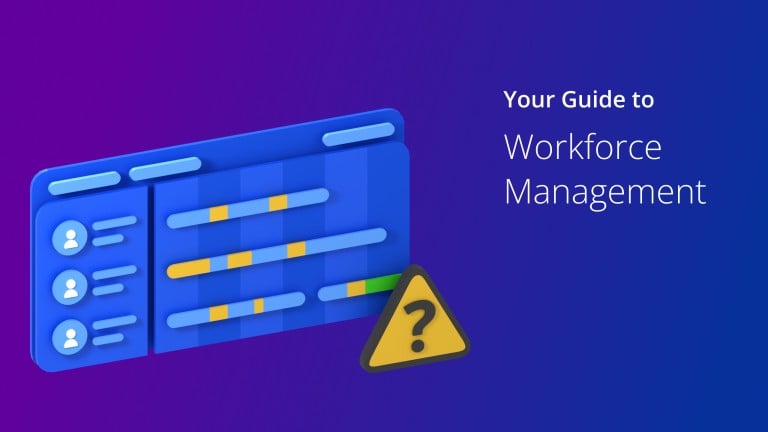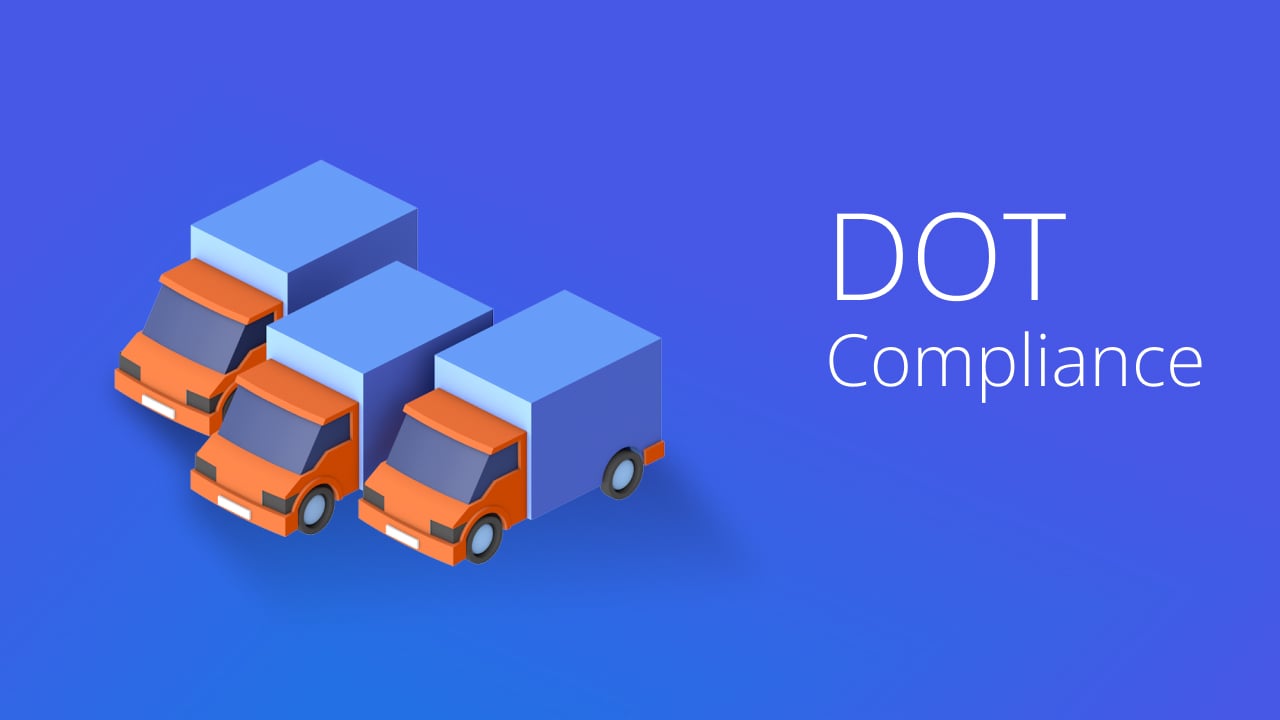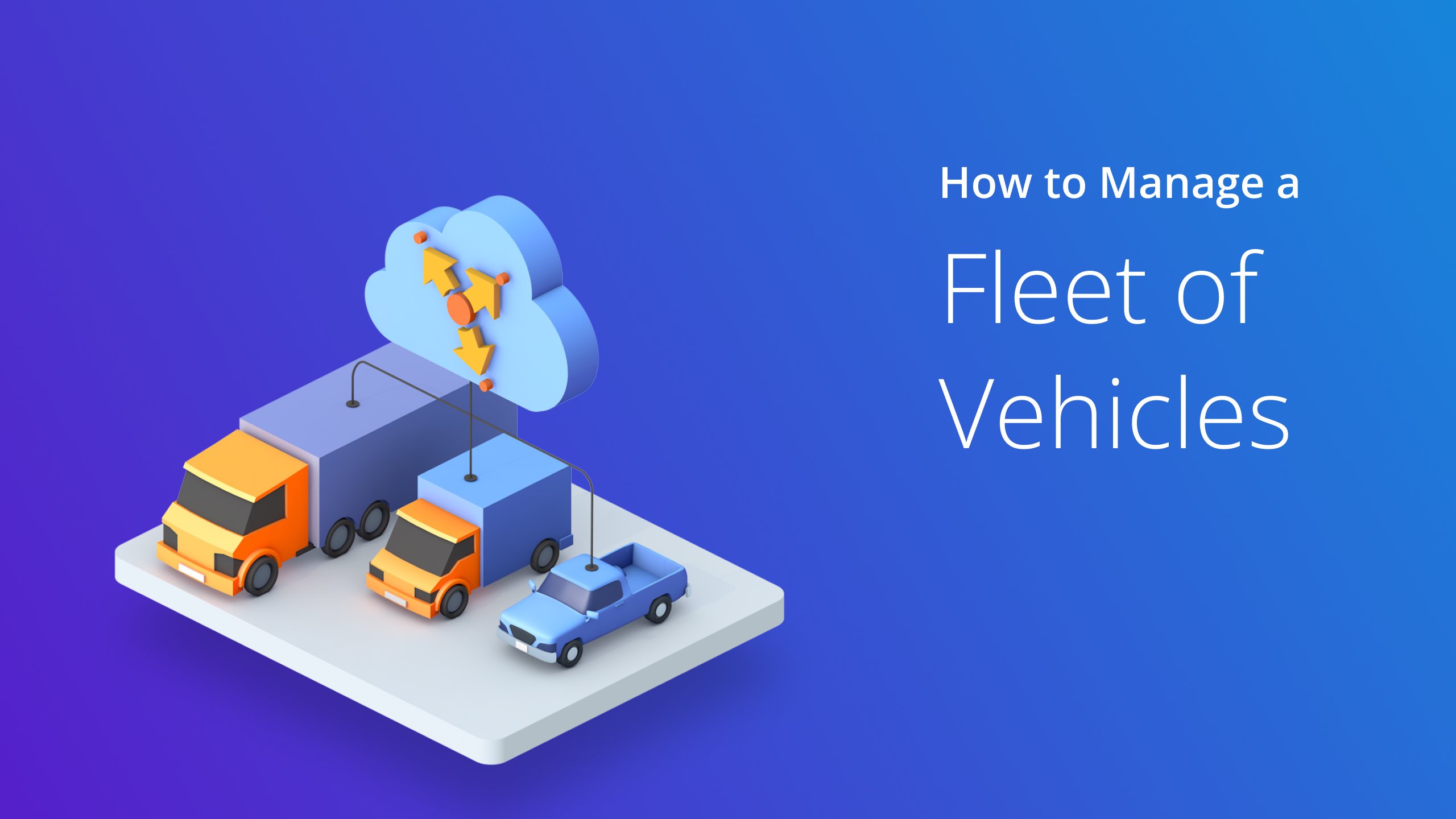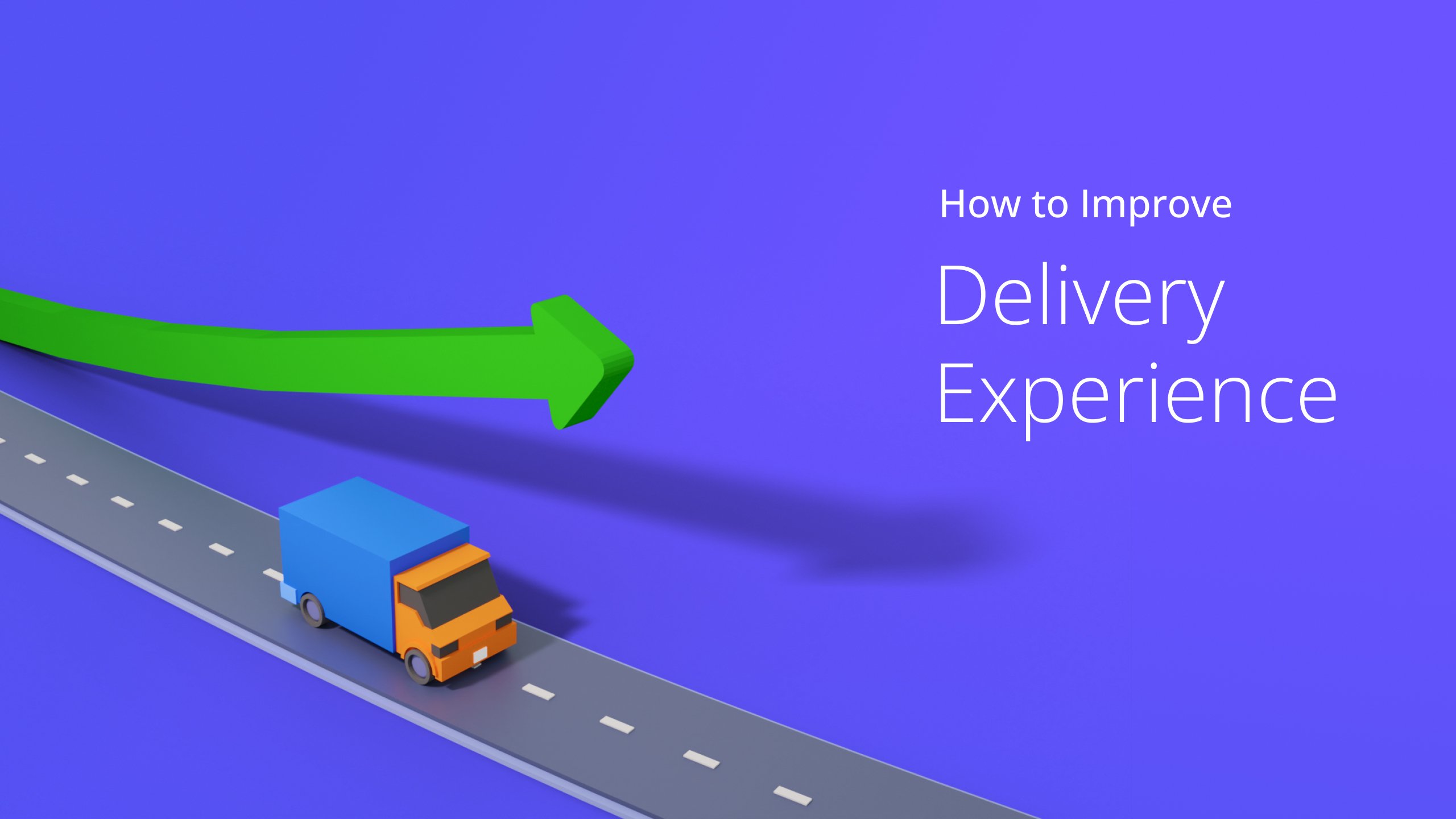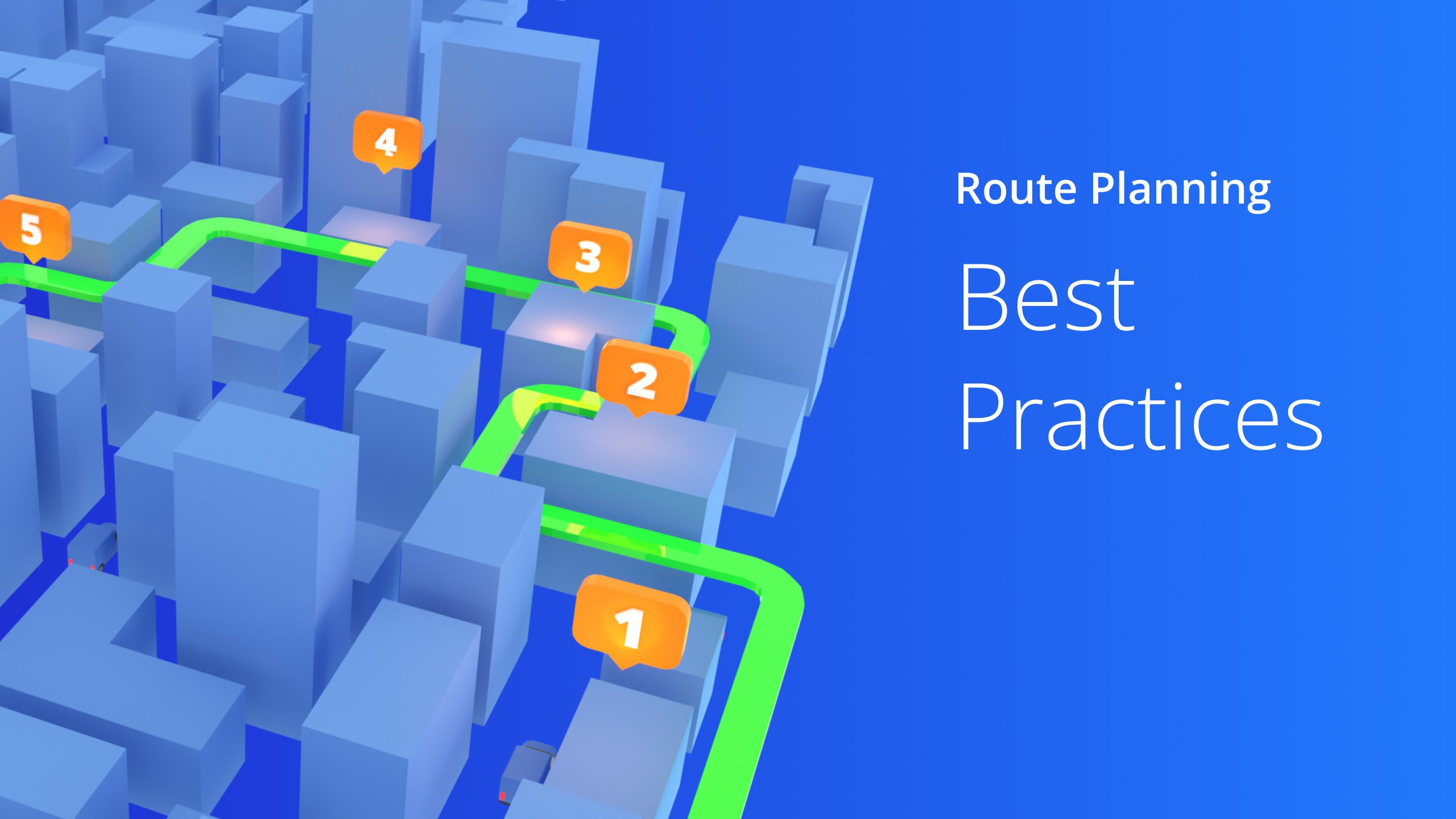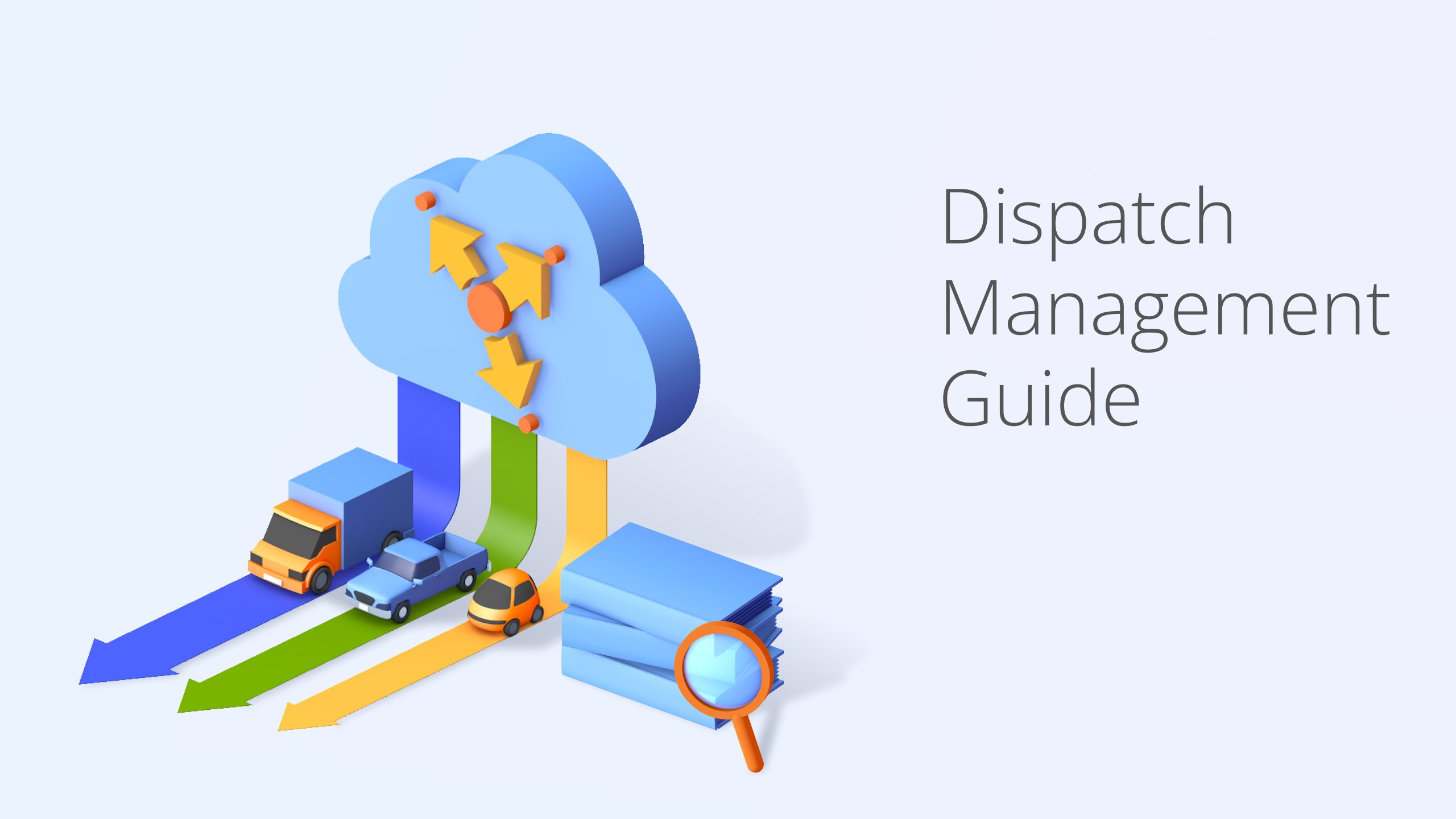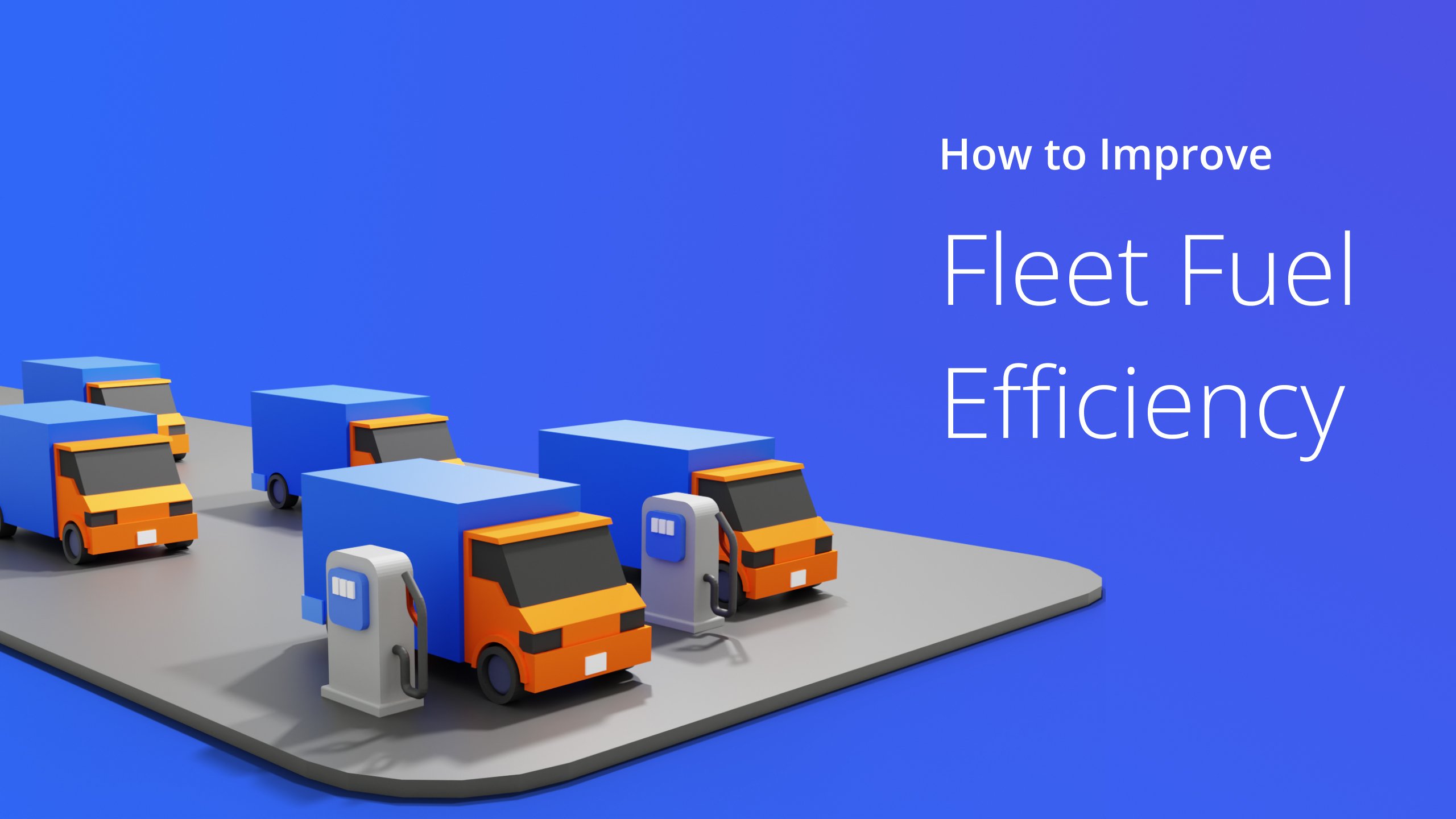Workforce management isn’t just some bureaucratic mumbo-jumbo. It’s the driving force behind efficient operations, happier employees, and customers. Effectively managing the workforce can turn your business into a smoothly running machine and put you ahead of your competition.
But managing a distributed team of drivers, technicians, and field service professionals is difficult. Scheduling conflicts, time theft (yes, it’s a thing), and countless spreadsheets can drive even the most composed manager up the wall.
But don’t worry. Throughout this article, we’ll guide you on simplifying your scheduling processes, optimizing routes, and utilizing technology to improve productivity and reduce costs. So, let’s dive in and conquer the realm of workforce and human resource management.
Table of Contents
How Do Workforce Management Processes Work?
Here’s a general overview of the workforce management process.
Forecasting
The first step in workforce management (WFM) is forecasting the demand for labor. This involves analyzing historical data, market trends, seasonality, and other factors to predict the future workload and determine the number of employees you require.
Recruitment
Once you identify the staffing requirements, you must recruit the right candidates. This involves posting job advertisements, screening resumes, conducting interviews, and selecting qualified individuals.
Want To See For Yourself How Route4Me Can Help Manage Your Workforce Efficiently?

Scheduling
Workforce scheduling involves creating and managing employee schedules to ensure adequate coverage. This process considers factors such as employee availability, skills, preferences, labor laws, and service level requirements. You can schedule tasks manually or automate them using a workforce management solution.
Time and Attendance Management
You must track employee attendance and working hours to meet regulatory compliance regulations and accurately calculate payroll.
You can use time clocks, biometric systems, electronic timesheets, or software solutions that capture and manage attendance data.
Performance Monitoring and Evaluation
You need to monitor and evaluate employee performance to maximize workforce productivity and efficiency.
Performance management may involve regular feedback, performance reviews, training management, and recognition or reward systems.
Training and Development
You must invest in employee training and development programs to enhance skills, knowledge, and capabilities. This may include on-the-job training, workshops, online courses, mentoring, and other learning opportunities to improve workforce performance and ensure employee safety.
Employee Engagement and Retention
Creating a positive work environment, fostering employee engagement, and addressing employee needs and concerns are important aspects of workforce management.
You must implement strategies to boost employee morale, encourage teamwork, recognize achievements, and enforce retention initiatives to retain employees.
Data Analysis and Optimization
The workforce management process relies on data analysis to identify trends, patterns, and areas for improvement. You must leverage WFM solutions to optimize staffing levels and improve efficiency and overall workforce performance.
Continuous Improvement
Workforce management is an ongoing process that requires continuous evaluation and adaptation. To ensure continued success, you must review and refine your workforce management strategy based on feedback, changing business requirements, and industry trends.
Benefits of Efficient Workforce Management
Workforce management is not just about scheduling and time tracking. It can improve employee satisfaction, reduce labor costs, enhance customer service, and keep your business running like a well-oiled machine. Let’s learn the benefits of workforce management in detail.
Simplifies Staff Scheduling
Workforce management tools help you create smarter schedules for your employees. You can assign the right people with the right skills to the right tasks at the right time. No more scheduling conflicts and better use of resources.
Increases Productivity
With well-planned schedules and employee input, it helps keep your team happy and motivated. They’ll have a better work-life balance, fewer overtime hours, and less chance of burning out. And happy employees mean a loyal and productive workforce.
Multi-Stop Route Planner App

Saves on Costs
Efficient workforce management can save you a ton of money. You can minimize unnecessary overtime costs by accurately predicting labor needs and scheduling accordingly. Plus, it helps you avoid overstaffing or understaffing, which can drain your wallet. So, it’s a win-win for your budget and employees’ pockets.
Improves Customer Experience
You can offer excellent customer service with skilled employees available at the right time. A workforce management system ensures you have enough staff to handle customer demands, reducing wait times and boosting overall satisfaction.
Helps You Make Data-Driven Decisions
Workforce management systems gather data on employee performance, attendance, and other essential details. You can analyze this data to spot trends, optimize scheduling, and make informed decisions about staffing and resources.
Makes It Easy to Comply with Regulations
Workforce management systems help you stay on top of labor laws, industry regulations, and union agreements. You’ll reduce compliance violations by automating time tracking, absence management, and employee scheduling. Plus, generating reports and documentation becomes a breeze.
Challenges of Workforce Management
Workforce management is not always a walk in the park. Here are some challenges you might face.
Juggling Schedules
Scheduling can be a real headache. Balancing employee availability, shift preferences, and business needs is like trying to solve a puzzle. You’ve got to keep everyone happy while keeping the work rolling.
Handling Changes
Workforce management is a dance with uncertainty. Things can change on a dime—shift swaps, sick days, sudden deadlines—and you must adapt quickly.
Matching Skills
Putting the right people with the right skills in the right tasks can be challenging. You need to consider certifications, experience levels, and training needs.
Communication Issues
Getting everyone on the same page is no easy feat. You’re dealing with a diverse workforce, different shifts, and maybe even remote teams. Keeping everyone in the loop and ensuring they understand their schedules can be challenging.
Overtime Dilemma
Overtime can be a blessing and a curse. On the one hand, it helps you meet unexpected demands. But on the other hand, it can drain your budget and exhaust your employees. Finding that sweet spot between keeping things running and avoiding burnout is a tricky balancing act.
Tech Hiccups
Workforce management systems are supposed to make your life easier, but sometimes they can be a pain. Dealing with glitches, learning new software solutions, and troubleshooting tech issues can be frustrating.
How Route4Me’s Workforce Management System Can Help
Route4Me route planner can be a game-changer when it comes to workforce management solutions. Here’s how it can help:
Optimal Route Planning
Route4Me’s workforce management software relieves headaches that come with planning routes for your workforce. It helps you find the most fuel-efficient routes, considering factors like traffic, weather, and time constraints. No more wasted miles or inefficient travel.
Real-Time Vehicle Tracking
With Route4Me’s workforce management solution, you can monitor your team’s whereabouts in real-time. You’ll know where they are, how far they’ve gone, and their estimated time of arrival. It’s like having a bird’s-eye view of your workforce at all times.
Dynamic Scheduling
Route4Me’s last-mile optimization solution helps you schedule and adjust routes on the go. If there’s a change in the plan, you can quickly adapt and reroute your team without breaking a sweat.
Efficient Dispatching
Dispatching becomes a breeze with Route4Me. You can assign routes to your team members with just a few clicks. No more time-consuming phone calls or confusing instructions. It’s all done seamlessly and effortlessly. The best part is Route4Me ensures a balanced workload. So, none of your team members will be over or underworked.
Customer Notifications
Route4Me’s multi-stop route optimizer offers a customer alerting and notifications feature that helps you keep your customers in the loop about their package status.
It sends automated alerts to your customers, letting them know when your team is en route or about to arrive. It’s a great way to boost customer satisfaction and manage expectations.
Route4Me also has a customer portal feature that enables end customers to track their package status independently.
Reporting and Analytics
Route4Me’s multiple address route optimizer provides valuable insights through its reporting and analytics features. You can track your team’s performance, analyze performance, monitor fuel expenses, and identify areas for improvement. These insights help you make data-driven decisions to optimize your workforce.
User-friendly Mobile App
Route4Me has a user-friendly mobile app that your team can use on the go. They can access their routes, navigate efficiently, and update their status—all from the palm of their hands.
Frequently Asked Questions (FAQs) about Workforce Management
What is the role of workforce management?
What does workforce management specialist do?
Final Thoughts about Workforce Management
Throughout this article, we’ve explored the ins and outs of workforce management. We’ve seen how it involves forecasting labor demand, recruiting suitable candidates, creating schedules that work, and keeping track of attendance. It’s all about optimizing performance, complying with regulations, and engaging and retaining employees.
However, workforce management comes with its fair share of challenges. Juggling staff schedules, handling changes, matching skills, and dealing with communication issues can make your head spin. And let’s not forget about the eternal struggle of balancing overtime and avoiding burnout.
However, you can conquer these hurdles with the right workforce management tools and strategies. Streamlining your scheduling processes, leveraging workforce management solutions, and making data-driven decisions will set you up for success.
Use WFM tools like Route4Me’s multi-stop route planner to optimize routes and track your team’s progress. Simplify your operations, lower labor costs, boost productivity, and keep your customers smiling.
Remember, workforce management is a continuous journey. Stay adaptable, embrace feedback, and keep updating your WFM strategy.
Want To See For Yourself How Route4Me Can Help Manage Your Workforce Efficiently?

